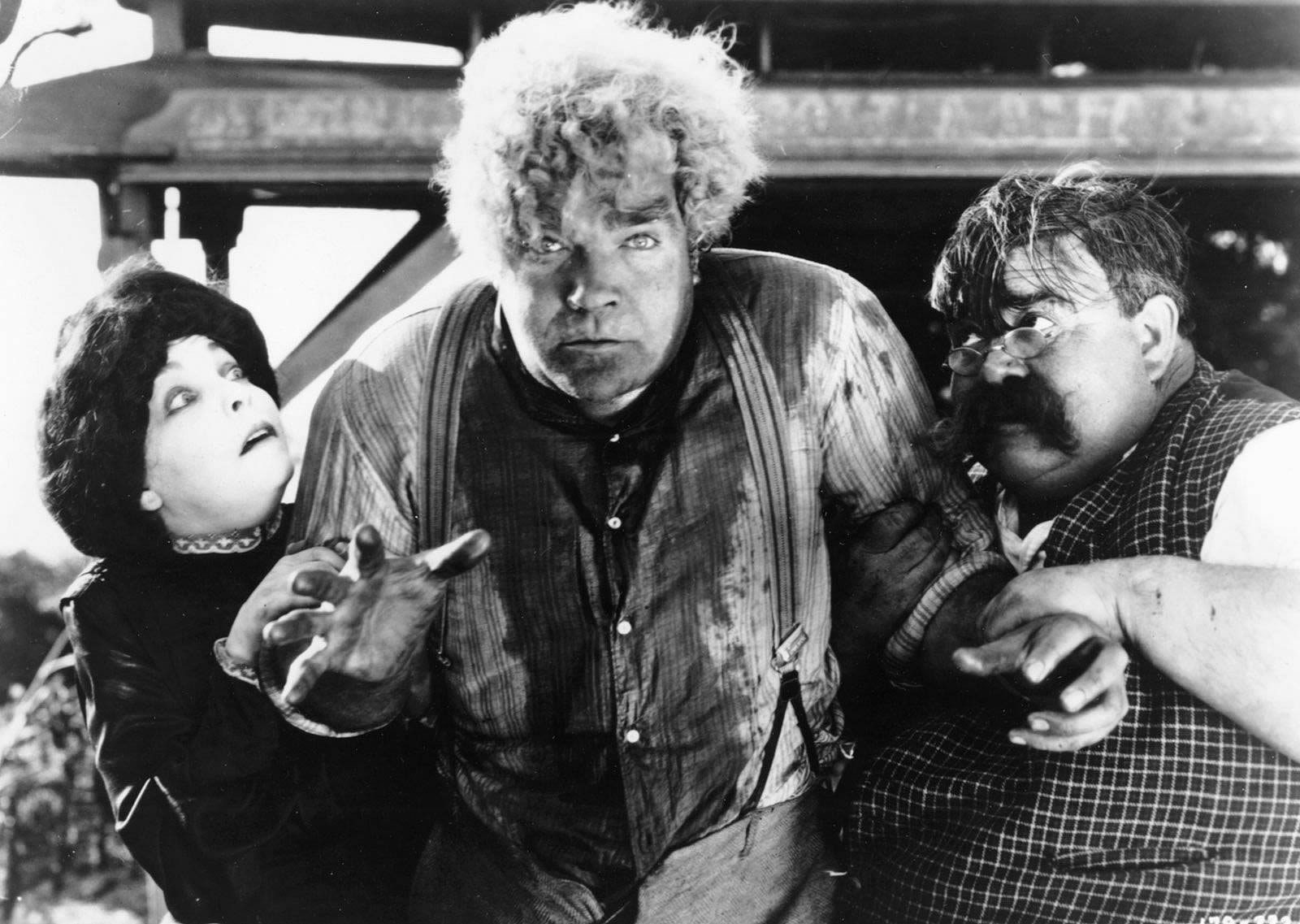An Eye for Detail
Ask any film archivist what would be a great find, and you’ll probably hear the words, “the complete Greed.” Greed (1924) was voted one of the twelve best films of all time by an international jury at the 1958 Brussels Exposition. Yet the release version, which runs about two hours, is only a quarter the length of the original rough cut and about half the length of the edited version that director Erich von Stroheim was willing to accept. It prompts the question: If the two-hour butchered version is so good, how much better might the original four-hour or eight-hour versions be? Unfortunately, those versions no longer exist. Whether they were in fact better or not, we may never know.
The first three films Stroheim directed were big financial successes: Blind Husbands (1919), The Devil’s Passkey (1920), and Foolish Wives (1922). His realistic style, obsessive attention to detail, and unflinching character portrayals inspired Jean Renoir to become a film director. Renoir’s realistic style — in turn — inspired the Italian Neo-Realist movement of the late 1940s and early 1950s. By 1922, Stroheim had attained the kind of clout in Hollywood held only by Chaplin and Griffith. When the Goldwyn Company agreed to back his next project, a film based on Frank Norris’ naturalistic novel McTeague, the studio had no idea Stroheim would adapt the entire book and make no effort to sugarcoat the story’s grittiness and stark pessimism.
In his book Saint Cinema, Herman G. Weinberg wrote of Stroheim and Greed:
His fanatical quest for more realistic portrayals sometimes led him to extremes, and Jean Hersholt tells the story of the filming at Death Valley, where Stroheim actually drove his actors frantic until they were in such a state of wrath that they had no difficulty in playing the scenes of the fight at the end of the picture. Stroheim is said to have told them to look at each other with hatred, as if they were looking at him.
Based on the production stills and continuity script, we can piece together what the complete film might have looked like. Weinberg published a book in 1972 titled The Complete “Greed,” where he reconstructed the original cut using 400 stills. In 1999, Rick Schmidlin took the effort even further by combining the existing footage with 650 stills. Through optical pans, zooms, and iris effects, Schmidlin was able to bring a cinematic touch to the stills and successfully fill in many of the gaps in the narrative. This version runs 242 minutes.
Neither the theatrical release or Schmidlin’s reconstruction are currently available on DVD. Turner Classic Movies shows both versions from time to time. All things being equal, it would probably be best to see the theatrical version first, but because they turn up only occasionally, you may want to dive right into the reconstructed version. Either way, you’ll be amazed at the emotional power and visual subtlety that could be achieved with silent film.
Based on the 239 minute running time, it appears that TCM will be running Rick Schmidlin’s reconstructed version of Greed.
Greed
(1924; directed by Erich von Stroheim)
Sunday, September 29 at 8:00 p.m. eastern on Turner Classic Movies
Reviews